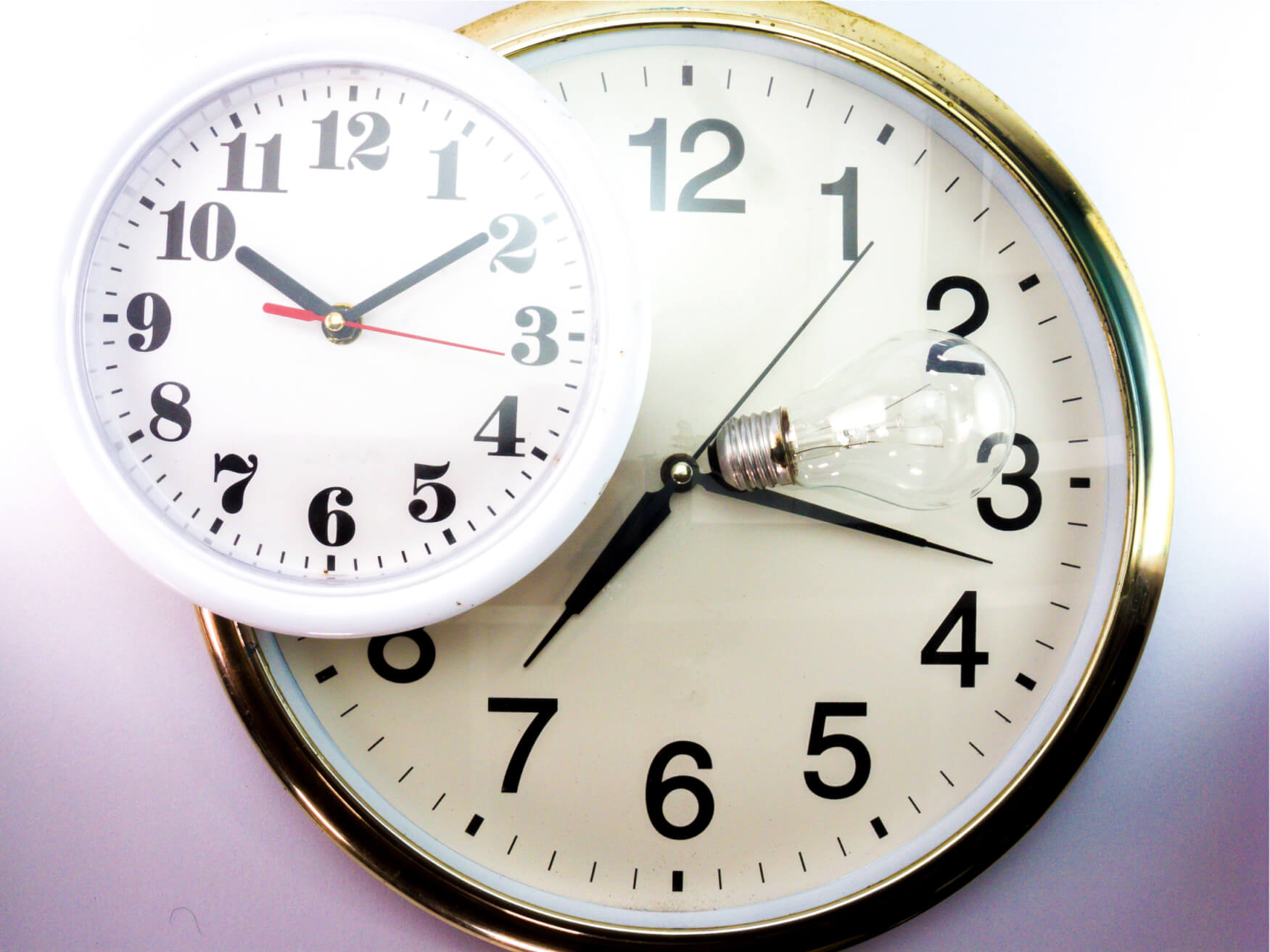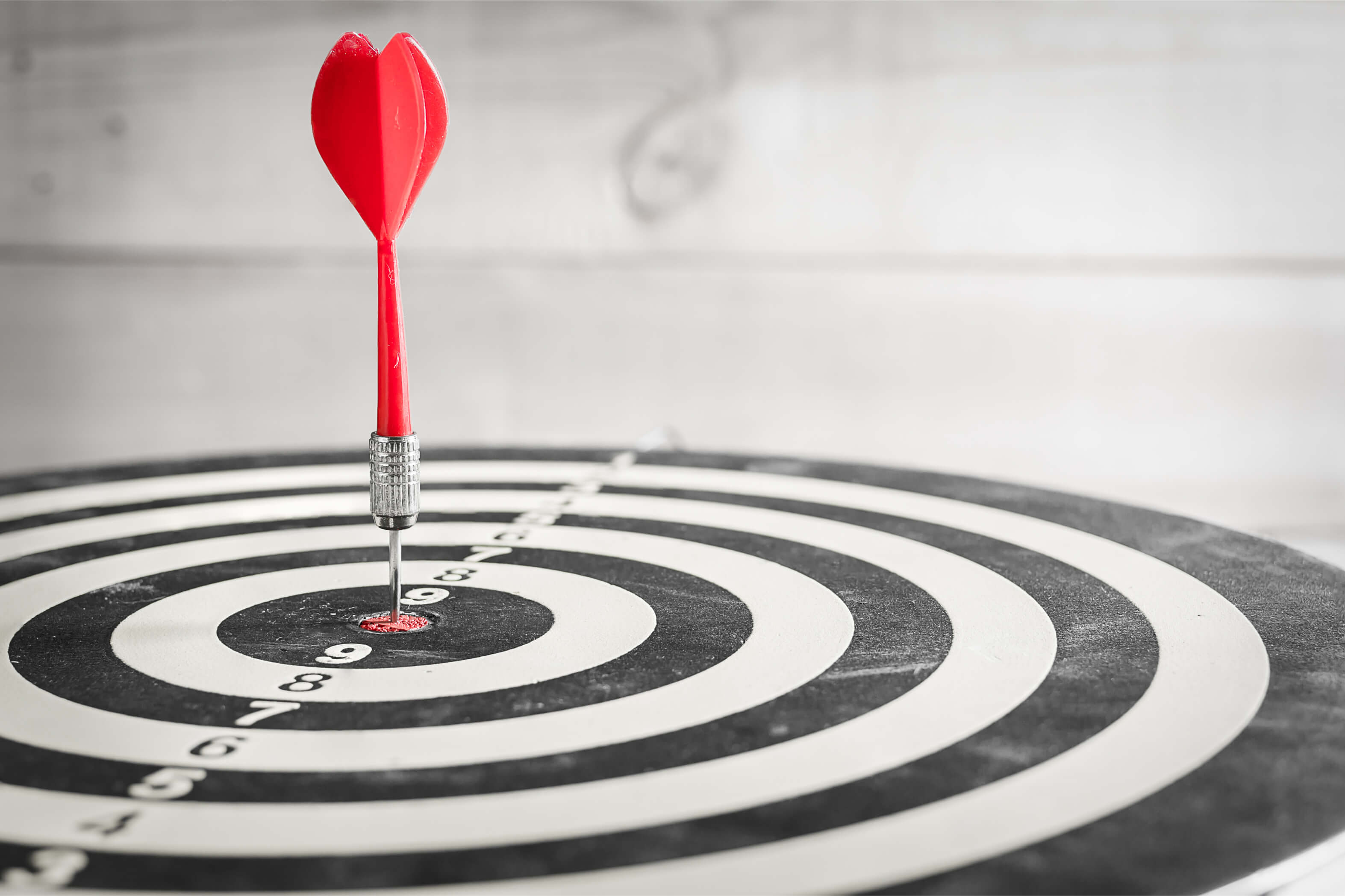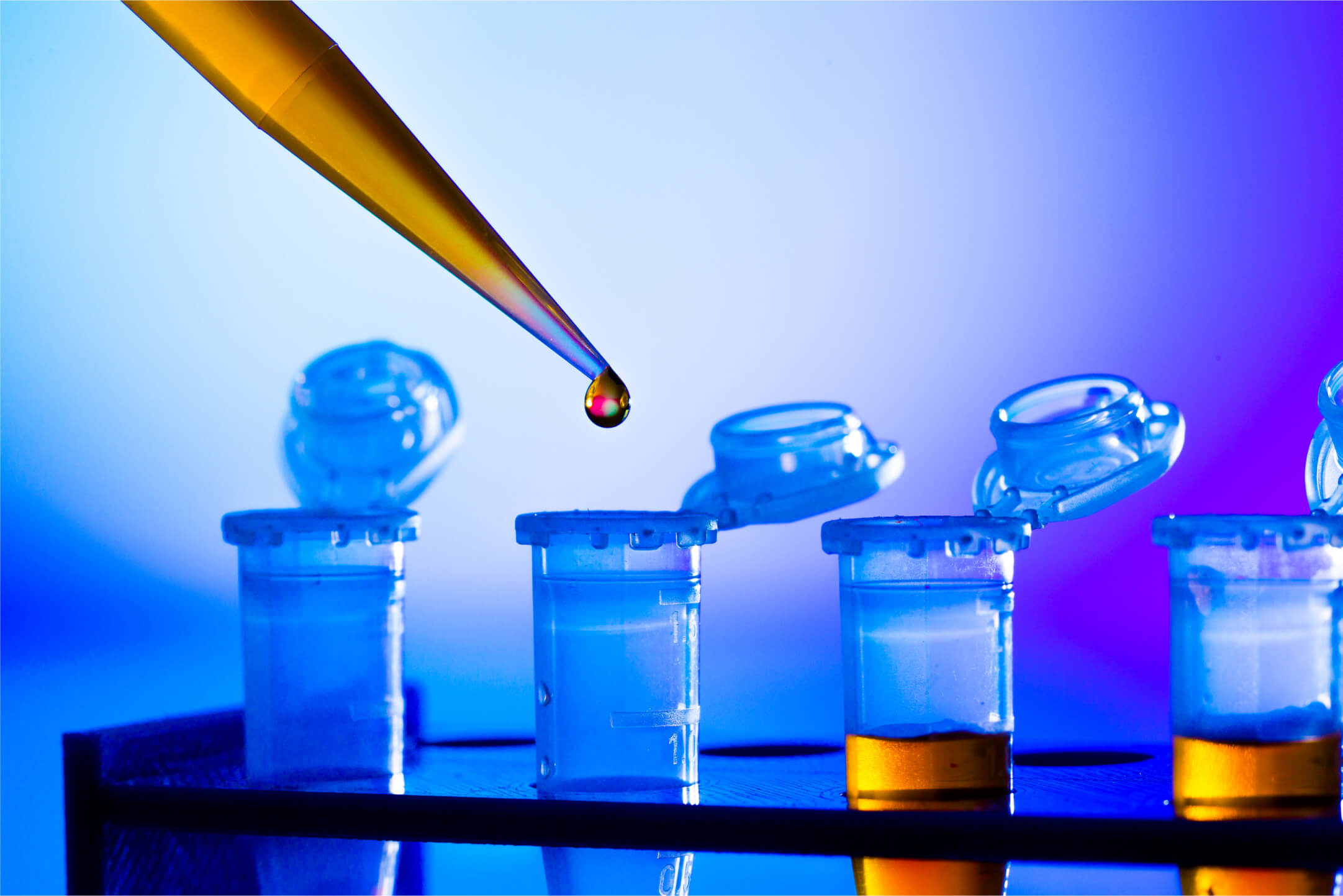How Many Days After Ovulation Can You Take a Test
When do you ovulate?
An ovulation exam indicates the near fertile days in a bicycle and when the side by side flow will arrive. Ovulation occurs x–sixteen days (xiv days on boilerplate) earlier your menstruation begins.
Using ovulation tests to track the fertile window is not a proficient fashion to prevent pregnancy. Ovulation tests identify the surge in luteinizing hormone 24 to 48 hours before ovulation, but sperm can survive in the trunk for three to five days. If sexual activity happens earlier the ovulation examination detects the surge in luteinizing hormone, the egg could withal be fertilized and conception can occur.
How to take an ovulation test
I style to predict ovulation is to use home tests. These tests react to the luteinizing hormone in urine, which starts increasing 24–48 hours before the egg is released, peaking ten–12 hours before information technology happens.
Here are some ovulation test tips:
- Starting time taking tests several days earlier ovulation is expected. In a regular, 28-mean solar day cycle, ovulation will usually be on mean solar day 14 or 15.
- Continue taking the tests until the issue is positive.
- It'southward better to exercise the tests twice a twenty-four hours. Don't take the test during your first pee of the morning.
- Before taking a exam, don't drink a lot of h2o (this tin can dilute the test). Brand sure not to urinate for about four hours before taking the test.
- Follow the instructions closely.
- Most ovulation tests include a booklet that will assistance you translate the results. A positive result means that ovulation is likely to occur in 24–48 hours.
Measuring basal temperature and cervical mucus can also assistance determine the near fertile days of a cycle. Health care providers tin can also runway ovulation using an ultrasound.

Ovulation tests may demand to be washed twice a 24-hour interval to avoid missing the top
Luteinizing hormone, which is detected in the urine shortly earlier ovulation, peaks for different amounts of time and levels in different people.
Sometimes, the peak fourth dimension of luteinizing hormone is short and lasts only a couple of hours. To make sure you don't miss the surge of the hormone, it may be helpful to have the test twice a 24-hour interval.
If the peak time is long (more than than 24 hours), ane test is enough to point an increased level of the hormone.
When to start ovulation testing with irregular cycles
Ovulation tests that react to luteinizing hormone are usually done a few days before the expected ovulation.
In a standard bike, the timing will await something like this:
- The menstrual cycle is 28 days.
- The luteal phase (from ovulation to menstruation) is fairly stable and lasts 10–16 days.
- The beginning of testing will exist three days before ovulation.
For a 28-day cycle, three days before ovulation will typically be effectually day 11 of your cycle. To do the math, start at the end of your cycle (day 28 and the end of your luteal stage) and work backward toward the start. The outset 24-hour interval of your cycle is the first day of your well-nigh recent menses.
Irregular cycles tin can make the timing a bit more complicated. For an irregular cycle, the best choice is to await at the shortest wheel in the terminal six months. The calculations for an irregular bicycle are typically the aforementioned as with a standard cycle.
For example, your shortest bicycle was 20 days. The luteal phase lasts for well-nigh 10–sixteen days. Starting at the end of your bicycle (day 20) and subtracting the 16 days of the luteal phase, the predicted ovulation may be expected on solar day 4. Beginning doing tests iii days before that, on the outset solar day of your cycle.
The primary reason why it might be difficult to grab ovulation with irregular cycles is that information technology's usually a sign that y'all may feel anovulatory cycles, when there is no ovulation at all. If you don't discover ovulation for several cycles in a row, make sure to contact a health care provider to figure out the underlying reasons.

Are ovulation examination results 100-percent accurate?
Ovulation tests signal the presence of luteinizing hormone in the urine. Inside 24–48 hours afterwards the level rises, a follicle ruptures, an egg is released, and ovulation takes identify.
Even so, this process can sometimes fail.
In that location are several reasons why an ovulation test may be inaccurate.
- For someone with polycystic ovaries, a test may mark a surge of luteinizing hormone, but ovulation may exist absent.
- With luteinization of an unruptured follicle, the level of luteinizing hormone is enough to be detected by a test, but the egg does not go out the ovary.
- If there are abnormalities in the hypothalamus, luteinizing hormone product tin can malfunction. The hormone level may be loftier, just ovulation does non occur.
To determine when ovulation is approaching, it'south a skilful idea to apply a combination of methods. Accept ovulation tests, measure basal body temperature, and monitor changes in cervical fungus.
What kinds of ovulation tests are out at that place?
Nowadays, there is a smashing multifariousness of ovulation tests. They mainly differ in price, accuracy, parameters for determining approaching ovulation, and convenience.
The about common ovulation tests consist of strips and digital devices that find the ascension in the level of luteinizing hormone in the urine. They await like pregnancy tests.
The examination strips differ in sensitivity, which is measured in international units per liter (IU/L). This parameter indicates the minimum amount of luteinizing hormone that the test can find in the urine (from 10 to twoscore IU/L).
High-sensitivity tests (ten IU/L) are more likely to detect an increased level of luteinizing hormone, fifty-fifty if the elevation is low.
Some test systems also signal the surge of estrogen, which comes before the ascent of luteinizing hormone. This helps identify the first of the fertile window earlier than the luteinizing hormone examination lone.

What is the deviation between various ovulation tests?
Most domicile ovulation tests are based on detecting a surge of luteinizing hormone in urine, which occurs 24 to 48 hours before an egg is released from its follicle. There are likewise test systems that tin indicate increased levels of estrone-3-glucuronide (E3G) in the urine.
E3G is an estrogen decomposition product, and its level increases in the blood and urine before the superlative of luteinizing hormone. Tests that detect E3G can determine when ovulation volition occur much earlier.
The surge of E3G is detected five days before ovulation.
If you're trying to get significant, you can start having sex at this point because sperm can survive in the body for up to 5 days, waiting for a mature egg.
Positive ovulation examination: what to practice next
A positive test result indicates a luteinizing hormone surge, and ovulation should occur in the next 24 to 48 hours. Even so, this may not be the example for anybody. In some cases, there can be other possible reasons for elevated LH level and a false positive examination, such as PCOS, luteinized unruptured follicle, pituitary disorders, perimenopause, or menopause.
A positive ovulation test represents the all-time opportunity to get meaning. If you lot are unsure of the effect, read the booklet that is included with the ovulation kit.
Ovulation test is negative: Was everything done right?
A negative ovulation test ways there is no luteinizing hormone surge, and ovulation has not occurred. If y'all are unsure about the results, check the booklet included with the test.
Reasons for negative results:
- You lot used commencement morning urine.
- The concentration of luteinizing hormone was besides low to detect.
- Testing was also early or besides late in the menstrual cycle.
What causes negative ovulation tests?
Predicting the luteinizing hormone surge tin can exist catchy, so don't worry if you become a negative ovulation test result. It may have come earlier than expected.
For the well-nigh authentic effect, wellness intendance providers suggest testing twice a twenty-four hours, 10 hours or more autonomously, for a few days prior to ovulation.
Log your ovulation examination results, and Flo volition apply them to make even more accurate predictions.
The ovulation examination can be negative for the post-obit reasons:
- The peak time of luteinizing hormone is short, and y'all missed it (that's why information technology's important to do tests twice a solar day).
- In some cycles, ovulation does non occur because of stress, intense physical activeness, sudden weight changes, or unusual climate.
- With long cycles, you may have taken a test too early on. Start taking them 17 days earlier your expected period or three days before potential ovulation. Go on until the result is positive.
- The examination has been performed incorrectly. For instance, your urine was diluted or yous did not follow the instructions exactly.
Be patient and record the examination results for at least iii cycles.
To become the well-nigh reliable result, yous can endeavour other bachelor methods for predicting ovulation, such as measuring basal temperature and monitoring changes in cervical mucus.
Source: https://flo.health/getting-pregnant/trying-to-conceive/tracking-ovulation/ovulation-tests

0 Response to "How Many Days After Ovulation Can You Take a Test"
Post a Comment